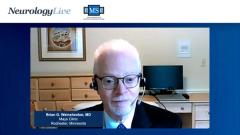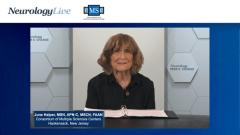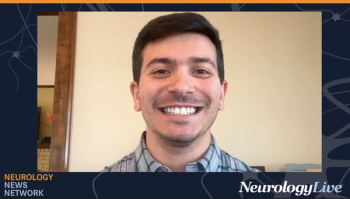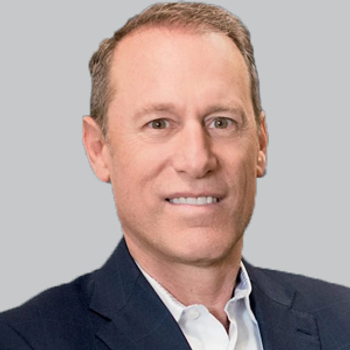
The Guthy-Jackson Charitable Foundation for NMOSD
Jacinta M. Behne, MA, describes how the Guthy-Jackson Charitable Foundation supports patients with neuromyelitis optica spectrum disorders.
Episodes in this series

June Halper, MSN, APN-C, MSCN, FAAN: Jacinta, you’re finally in the world of better knowledge and more dissemination of that knowledge. I know you’ve had a journey. Could you share with us a little about the history and the mission of the wonderful organization, the Guthy-Jackson Charitable Foundation?
Jacinta M. Behne, MA: It’s an honor to be here with you and Dr [Brian] Weinshenker, with whom we had the opportunity to work over the years. Doug and Kim, you’re the reason we’re here along with all your peers, so thank you. The Guthy-Jackson Charitable Foundation is 13 years old. We opened on August 1, 2008. I started 2 weeks prior to that. It’s called Guthy-Jackson for Bill Guthy and Victoria Jackson, parents to their daughter Ally, who at age 15 was diagnosed with NMO [neuromyelitis optica]. It was almost a barren dessert when it came to knowing what the disease was. Dr Weinshenker and Dr [Vanda] Lennon’s study was referred to. We had the good fortune to have a known biomarker, which was unique among many autoimmune diseases. That was a great help. But when I went to the internet in August 2008, it was nearly a barren dessert.
NMO was originally known as Devic’s disease. Dr Weinshenker published a paper after having seen a patient with what he described as monophasic disease, which became known as Devic’s disease and then NMO. You will hear NMO and NMOSD [neuromyelitis optica spectrum disorder] interchangeably. They’re 1 and the same. Dr Weinshenker and his colleague Dean Wingerchuk formed the international panel for the diagnosis of NMO. The outcome of that is that it’s a spectrum disorder. I tell patients, when you hear NMO or NMOSD, essentially we’re talking about the same disorder. At the time of Ally’s diagnosis, NMO was known as an MS variant because of the likenesses. Unfortunately, that also meant that many patients were being misdiagnosed with MS. But if they have NMO, we want them to have the correct diagnosis. It’s been through the wonderful work of Dr Weinshenker and his colleagues around the world. I don’t know another neurologist in the United States who works more prolifically around the world with other researchers.
June Halper, MSN, APN-C, MSCN, FAAN: You’re absolutely right. Thank you, Jacinta.
Thank you for watching Neurology Live® Cure Connections®. If you enjoyed this program, please subscribe to our e-newsletter to receive upcoming programs and other great content in your in-box.
Transcript edited for clarity.
Newsletter
Keep your finger on the pulse of neurology—subscribe to NeurologyLive for expert interviews, new data, and breakthrough treatment updates.









































